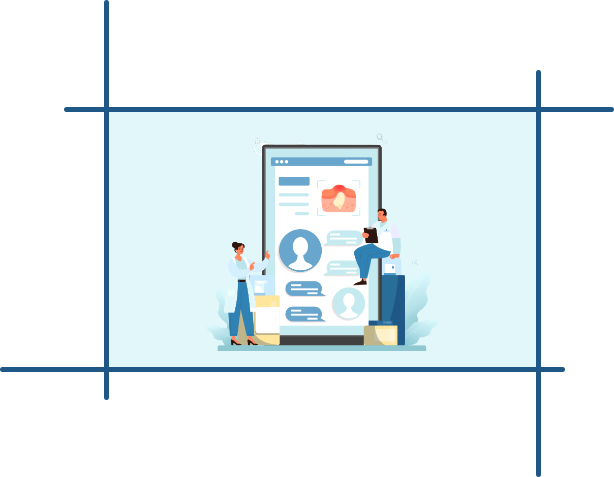We use cookies to enhance your experience. By continuing to use our site, you consent to the use of cookies.
Mental health is a crucial aspect of overall health, and organizations that provide mental health services require robust systems to manage their client interactions. The development of a client portal for a mental health organization has enabled clients to manage their sessions and access vital information regarding their therapy sessions. This case study outlines the development and implementation of a client portal for a mental health organization.

The client wanted a portal that would allow their clients to manage their therapy sessions easily. They wanted the portal to enable clients to access their session logs, view their analyst's behavior data entry, see the data entry graphs, view their invoices, make payments for services, and update their availability for their next sessions. The client wanted to make the portal user-friendly and intuitive.
To develop the portal, our team of developers worked closely with the client's team to ensure we understood their requirements fully. We created a prototype of the portal and presented it to the client for feedback. The client provided feedback, and we adjusted the design to ensure that it met their requirements. The portal was developed using a combination of technologies, including HTML, CSS, JavaScript, and .Net. We created a database to store client information, session logs, and invoices. We also integrated a payment gateway into the portal to enable clients to make payments for their services. The client portal was designed to be user-friendly and intuitive. We made sure that clients could access all the portal's features easily. The portal was also designed to be mobile-friendly, ensuring that clients could access it on their mobile devices.
The client portal has several features that make it easy for clients to manage their therapy sessions.
These features include:
Session Logs: Clients can view their session logs, which detail the time and money spent on each
session.
Admin Team: Clients can view the admin team and get in touch with them if they need to.
Service Agreements: Clients can see and sign service agreements on the portal.
Behavior Data Entry: Clients can see the behavior data entry made by their analysts.
Data Entry Graphs: Clients can see data entry graphs, which help them to visualize their progress.
Invoices: Clients can see their invoices and make payments for services.
Availability: Clients can update their availability for their next sessions
The client portal has several benefits, including:
Convenience: The portal enables clients to manage their therapy sessions conveniently from
anywhere.
Transparency: Clients can view their session logs, invoices, and behaviour data entry, which promotes
transparency.
Communication: Clients can communicate with the admin team easily, which improves
communication.
Access to Information: Clients can access vital information regarding their therapy sessions, which
improves their understanding of the therapy process.
The development of the client portal has been a success, and the client is pleased with the portal's functionality and design. The portal has enabled clients to manage their therapy sessions conveniently, access vital information regarding their sessions, and communicate with the admin team easily. The portal has improved transparency and communication between the client and the mental health organization, which has led to better outcomes for clients.
Convenience and accessibility
Transparency and communication
User-friendly and intuitive design